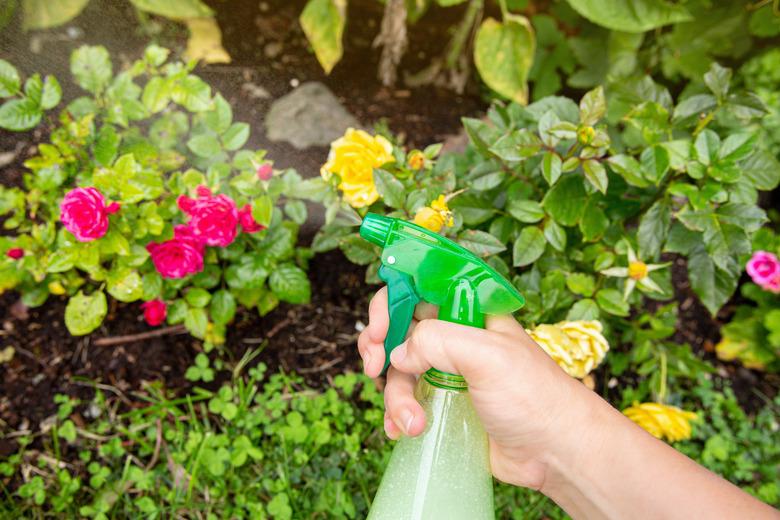Can You Repel Bugs And Other Animals With Cayenne Pepper?
As useful as cayenne pepper is in adding a punch to recipes, too much cayenne is too much of a good thing. If you've ever chopped a cayenne pepper and then touched your eyes, you know the feeling. This heat is caused by capsaicin, a component of cayenne and chili peppers.
Use cayenne pepper in your garden to repel all kinds of critters — it really does work. But cayenne loses its strength after a while, and its efficacy is completely demolished by moisture, so rain is its enemy. If you go the cayenne pepper route, be prepared to reapply it regularly.
Does Cayenne Pepper Harm Plants?
Before dousing your yard with something as potentially hot as cayenne pepper, you might consider its impact on your plants. Don't worry. Capsaicin doesn't harm plants, it won't kill your lawn, and it has no impact on flowers. Be careful, however, if you have children or pets who are likely to come into contact with it. While exposure to capsaicin won't likely result in any lasting harm, it will certainly be uncomfortable.
Cayenne Pepper and Critters
Cayenne pepper can be dangerous for those small, beneficial critters that support healthy plant life, especially bees. Capsaicin has been reported as toxic to bees, although birds are not impacted by it. But in other types of animals, it can cause coughing, along with extreme reactions like impaired vocal cords and temporary blindness.
Cayenne Pepper as a Deterrent
Cayenne is a good addition to your toolbox for controlling various insects and mites, including aphids, spider mites, leafhoppers, thrips, whiteflies, and other bugs.
Cayenne is also useful in repelling other animals, including squirrels, raccoons, opossums, and skunks. The jury is out, however, on whether it repels mice, but it doesn't hurt to try. You can purchase a commercial product designed to repel animals, or you can make your own.
Cayenne Pepper DIY Recipe
You can buy cayenne pepper in bulk and apply it directly to your plants in powder form, or you can make a spray. If you use powder, just dust it on the plants you want to protect, along with the ground around them.
A spray, however, may be easier to work with because you can more easily control the amount you are applying. A DIY recipe consists of mixing 2 tablespoons of cayenne pepper and a few drops of dish detergent into a quart of water. Some proponents recommend heating this over a stove, but you can just let it stand overnight instead; then stir it and pour it into a spray bottle.
